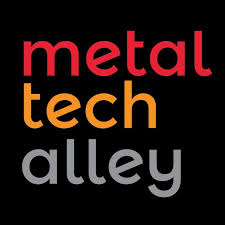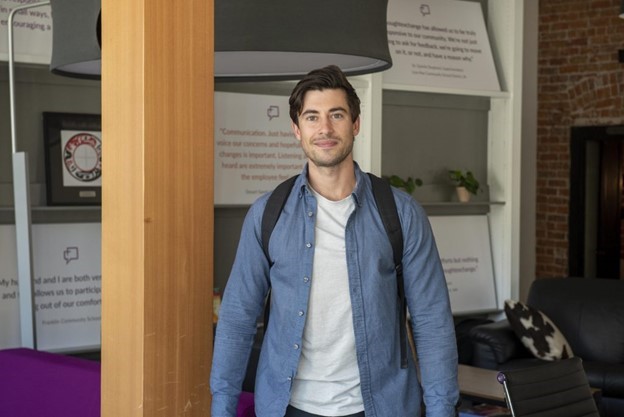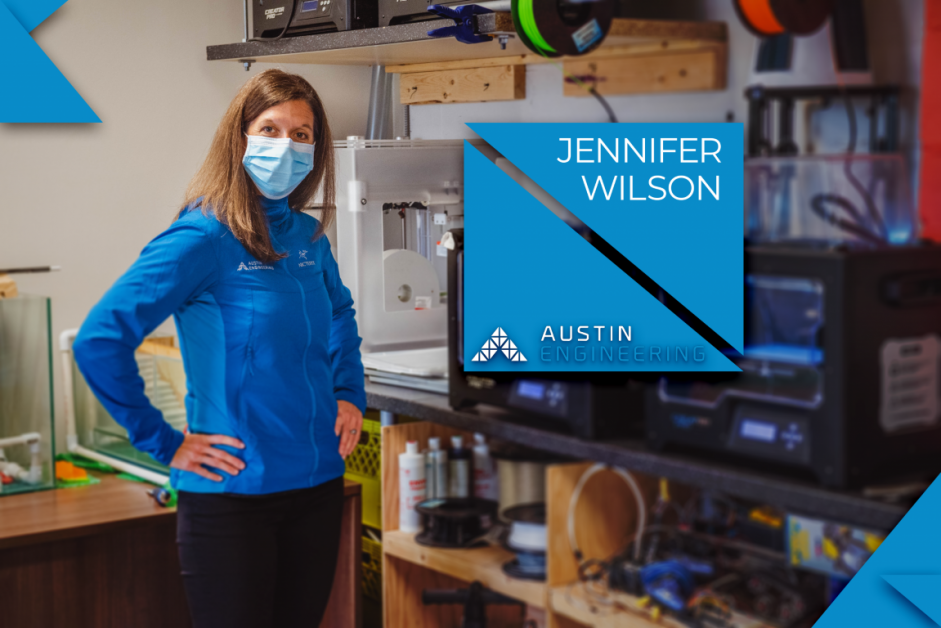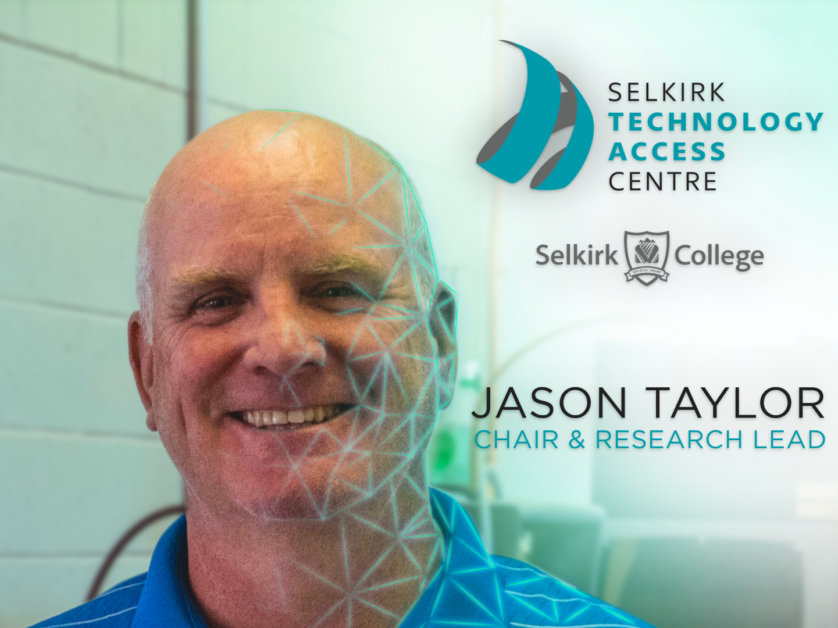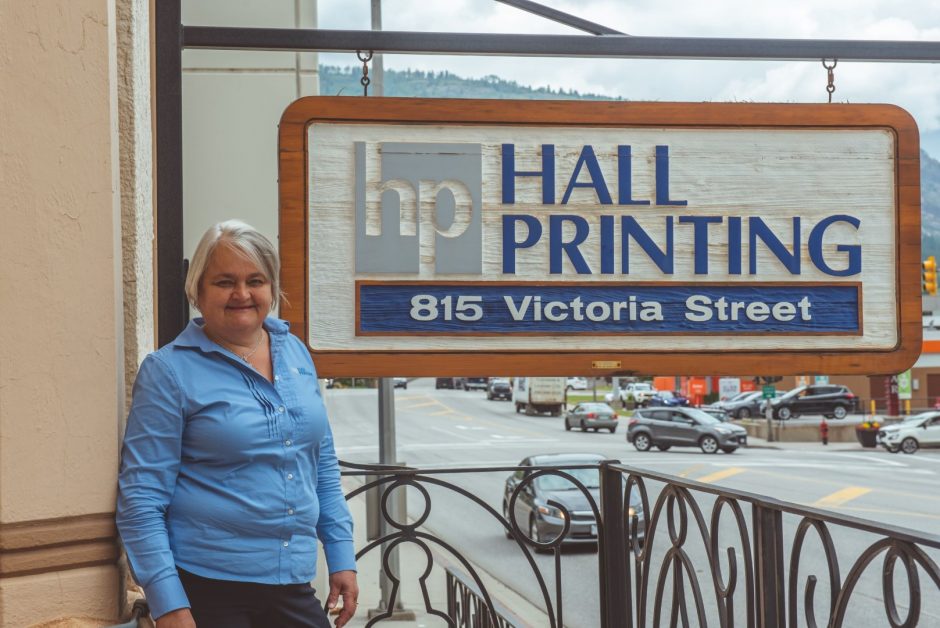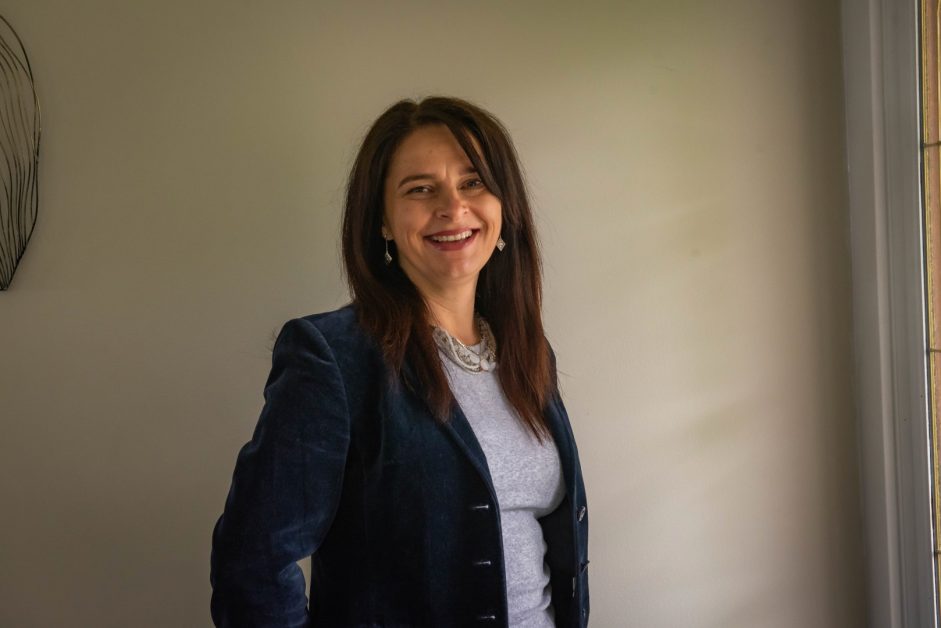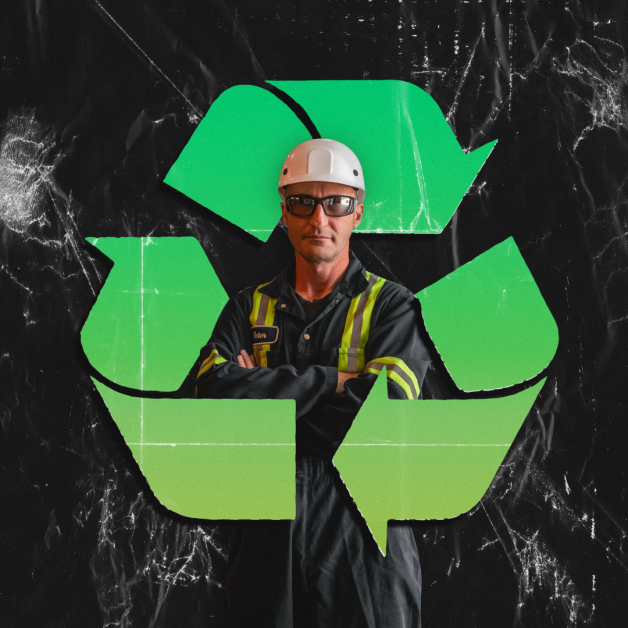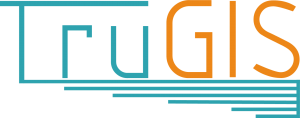Like many from smaller communities, Chris Derochie was eager to leave his hometown after graduating from high school. Seeking a larger centre, he left Rossland and landed in Michigan, where he played college hockey and obtained a Bachelor of Business Administration. While there, he also discovered his passion for working with tech startups, and after realizing the Lower Columbia has its own burgeoning technology industry—with an especially interesting company headquartered in Rossland—his interest was piqued. Thoughtexchange was arming leaders with data from their communities to help inform large decisions and solve problems, and the company looked poised for rapid growth. Today, Chris represents Thoughtexchange as an Account Manager on their Education Team. He feels privileged to be back in the Kootenays, where he enthusiastically indulges in the mountain lifestyle he grew up loving. He’s proud to contribute to a company that gives young people a voice in decision-making and helps educational leaders make positive change in their communities. Chris is also involved in the Capstone Project, a collaborative venture between Metal Tech Alley-affiliated companies and School District 20 that links Grade 12 students to work experience with local innovative companies that support a balanced lifestyle. It’s no surprise that Chris’ clients are receptive to his contagious smile and sunny outlook, as he continues to excel at bringing people together in the educational sector.
What does Thoughtexchange specialize in, and how do you contribute?
It’s a crowdsourcing platform that leaders and/or organizations can use to give their stakeholders a voice in making decisions that affect them. It’s a really powerful way to understand the thoughts and sentiments of a group ranging from five people to 50,000 people, with insights generated in real-time. Where it’s really different from your traditional sort of engagement is that people are able to actually share what’s in their hearts and minds in their own words—in an exchange of thoughts. There are no confines like those that are inherent to a survey or something of that nature. Through the prioritization of thoughts that happen in the star step, which is one of the three steps within the exchange process—share, star, and discover—participants can see what other people are saying. That creates a space to generate learning and build empathy. In many cases, perspectives evolve as people are exposed to others’ thoughts. From a leadership standpoint, you’re getting a very crisp understanding of what the group’s priorities are, so you can make more thoughtful decisions.
As an account manager, I monitor what’s going on within our accounts to make sure that we’re up to speed on any exchanges and answer any questions our partners have about running exchanges. It’s a fair bit of checking in with senior leadership at the district level, and also checking news, because with the nature of school districts most everything important happening is in the local news. On our Zoom calls, we mostly coach our partners through ideas and share suggestions. We’ve attracted quite a unique subset of the education community; a lot of the people we work with are very like-minded, and we get along extremely well.
Why is it important for school districts to use Thoughtexchange?
Right now, it’s especially important because of COVID-19; districts are tasked with a really challenging prospect: safely bringing kids back to school. They’re making really high-impact decisions that have a lot of emotion tied to them. Ultimately it has a pretty huge effect on the whole community: families, staff, and kids as well. Getting an understanding of what’s important and what matters to everyone is vital. Everyone’s feelings about new education models and deliveries are valid, and there’s obviously a lot of weighing on the surrounding decisions. By using Thoughtexchange to source ideas and better understand sentiments, pain points, concerns, and fears, leaders in education are able to make decisions that are more inclusive and more considerate of the stakeholders’ priorities. What that generally looks like is supporting the operations—the more logistical pieces—and also the emotional and social well-being part. For example, a district may use an exchange to help figure out what students—and families and teachers—need to feel safe and supported in a remote education situation.
We’re always blown away by how thoughtful and articulate the input is in every single student engagement. It’s excellent to give the students the opportunity to share their voices, but an exchange is also a commitment from the schools to their students. It helps accelerate decision-making and encourages implementing changes based on the results. Plus, I think diverse groups and perspectives inherently lead to better decisions; it’s just smarter. Bringing in a variety of different thought processes, ways of thinking, and backgrounds helps support people’s ideas and the ways they process information. I also think it’s a little dated to think that decisions can or should be made by a single person or a small group of people, especially when those decisions affect such a variety of stakeholders. Inviting and reviewing thoughts from a wider range of people allows for groups to not only be smarter and more efficient, but for the process to be more fair and equitable.
Do you have an example of work you’re particularly proud of since you’ve been with Thoughtexchange?
What comes to mind immediately is working in education and being part of the conversation happening right now around equality and equal opportunity. Two years ago we were working with a New York school district with a demographic that was primarily Caucasian and middle-class, but that also had a minority of African American students. This was following the Parkland shootings, so the district board decided to enhance the feeling of safety and security for staff and students by bringing armed police into the school for regular walk-throughs. Immediately after starting this, the superintendent started to hear some rumblings—amongst the Black students in particular—that the practice was causing discomfort. It totally makes sense, given some experiences Black people across their country—and ours—have had with police.
So the superintendent wisely ran an exchange, asking for people’s thoughts and feelings about the new practice; what rose to the top were the perspectives from Black students in particular: the walk-throughs made them feel uncomfortable. Again, that goes back to the generational trauma that’s been cultivated around their relationship with police. The primarily white school was therefore exposed to those perspectives and the idea that an experience for a Black student is quite different than that for a white student. It really helped create empathy across the district. Ideas were being shared that wouldn’t have normally come to light in a more traditional conversation, and especially not in an engagement where there’s no interaction, like a survey. And in addition to some really powerful learning, dialogue, and empathy-building across different groups, it led to the superintendent changing the police walk-through practice.
How did Thoughtexchange pivot during COVID-19?
Near the beginning of the pandemic, we opened up our software to any organization or group that wanted to connect with their stakeholders on the topic of COVID-19. That, in combination with us being well-positioned to help districts and organizations make important decisions remotely, meant our usage went up over 600 percent from the middle of February through to August. It brought on a number of new clients and really helped us to develop our thinking and identify the needs of organizations and districts. We’re proud to offer a platform like Thoughtexchange that allows for a variety of stakeholders to provide really meaningful feedback to help our clients navigate something so unprecedented.
We’ve also added a couple of super exciting product features in the last couple of months that help make our platform better and more usable, especially in light of more and more people being remote and more meetings and gatherings happening in remote settings. That’s been big for us. We’ve been strengthening our commitment to being a conduit for ideas and approaches and cultivating a community of thought leaders.
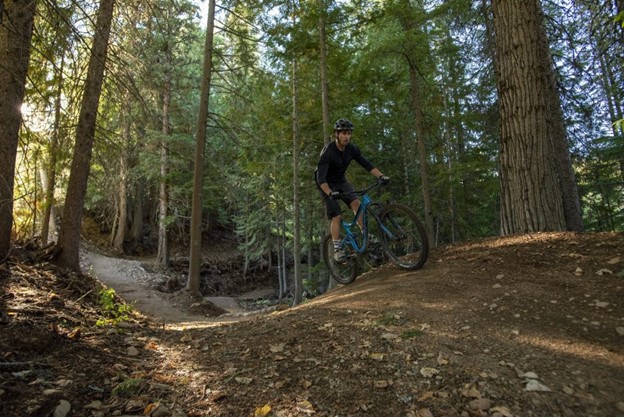
What attracted you to working for Thoughtexchange and what keeps you committed now?
I grew up here in Rossland. I was back east—I went to Adrian College in Michigan to study business and was living and working there—but I was really just looking for a way to come back to the Kootenays. For me, all of the things that I really love to do are here: being outdoors, biking, skiing, and enjoying the mountains. The community aspect that many of the towns in this region have is really important to me and something I didn’t quite find back east.
Three years ago Thoughtexchange was less than a hundred employees; now we’re well on our way to 200. When I joined the company, it had a kind of hidden-gem-startup feel, which was where my experience was up to that point. So it was basically those two major factors: it was a really neat-looking company that was poised to grow quickly, and it was located in Rossland.
It’s such a privilege to be doing work that has such a positive impact; it means a lot to support organizations and districts that are ultimately on the front lines of providing education and serving kids. That mission is really important to me. And then the other thing that keeps me committed is our team. They’ve done a wonderful job of building a super unique, diverse, thoughtful, fun team; coming to work and getting to interact with these people every day is a real joy.
How did you get to where you are today with Thoughtexchange? Was it a strategic move?
I knew I wanted to work in some sort of dynamic business environment, but in terms of getting into tech and startups, that happened without a ton of intentionality on my part. I got connected with a couple of entrepreneurs at college, and I started interning and then working full-time at their digital analytics company, Oopgo. We gave companies and websites insights that were orders of magnitude more in-depth than what you could get from just tracking clicks and interactions on your page through something like Google AdWords. Much like Thoughtexchange, the process provided insight for clients to make better decisions.
As for Thoughtexchange, it had elements that I enjoyed— like the startup environment and a relatively small team—but also it looked like it had a fair bit more structure. It also offered me an opportunity to learn from really well-established people who had a lot of experience growing businesses from relatively early on in their growth phase.
As someone originally from the area who’s fairly recently returned, what do you see happening here in the next five-to-ten years?
I definitely see co-working spaces becoming more popular as individuals continue to relocate here and the number of remote workers increases. I think the companies that are already here in the Kootenays, like Thoughtexchange, Traction on Demand, and a few other ones in Nelson and elsewhere, are showing that having a headquarters in a small, rural town is more than feasible. Demonstrating that a remotely distributed workforce can work and that companies can still grow super quickly lays a foundation. It definitely has more people flocking to this area to get access to all the recreational stuff—plus get away from some of the challenges that come with living in the big city. I think we’re all noticing the increase in people moving here, even in the last six months, and it feels like that’s only poised to keep going.
Along with the growing number of remote workers and companies. I think we’ll see an increase in community diversity too, which is awesome. When I was growing up, I didn’t really think there would be opportunities like this here, so staying wasn’t on my radar. Our options were either work at the school district, the hospital, or in another traditional industry. There definitely didn’t seem to be a ton of diversity in the job options, but that has changed. Now that I’ve integrated into the regional tech community, I’m not surprised the industry’s growing here.
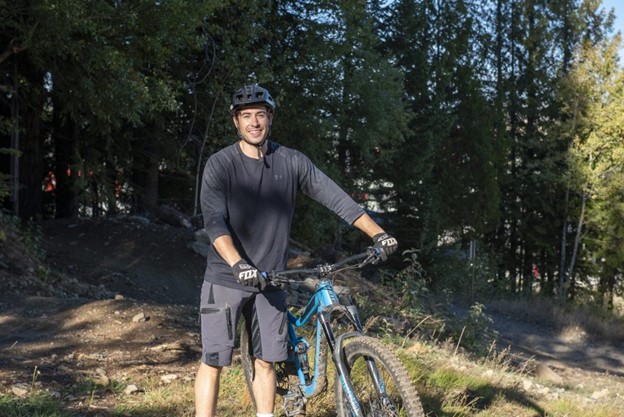
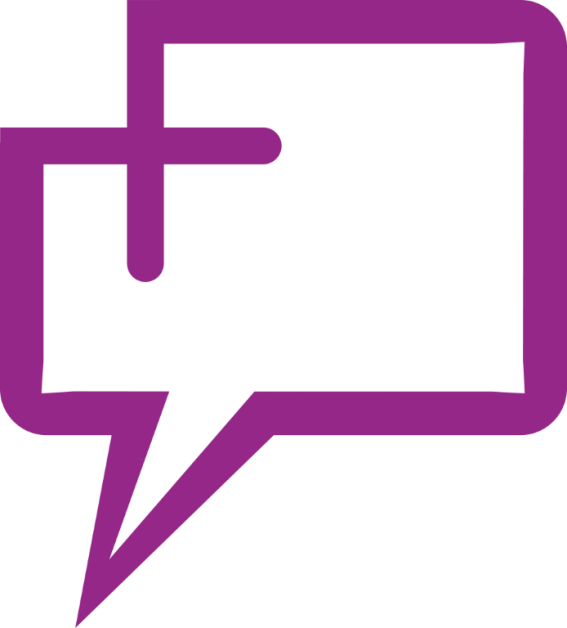
Collaborative projects like Capstone are also opening up further opportunities for young people to build their careers here, which will definitely have an impact on the future business landscape. We’re working with Stanley Humphries Secondary in Castlegar to place 25 Grade 12 students in job shadowing or internship positions this semester. This will be the initial trial to gauge interest from students and the ability of companies like Thoughtexchange to provide meaningful opportunities as part of their senior capstone/work experience; we’re hoping to expand from there. I want young people to be aware that there are great and diverse opportunities available in this area; they don’t necessarily need to go to Vancouver or Calgary or Toronto to find meaningful, inspiring work. You can have it all here!
Interested in learning more about Thoughtexchange? Visit thoughtexchange.com

